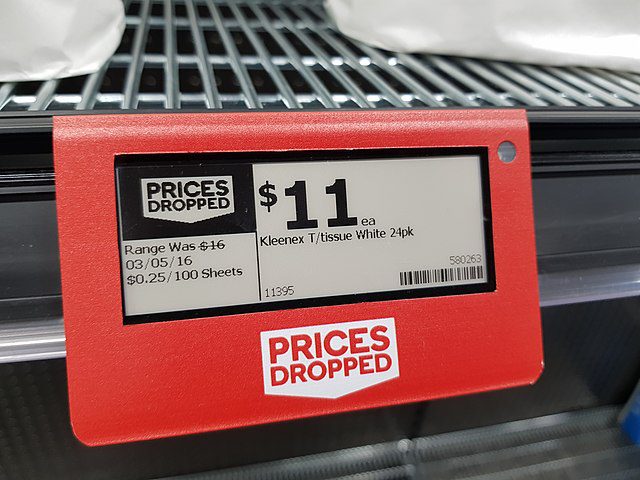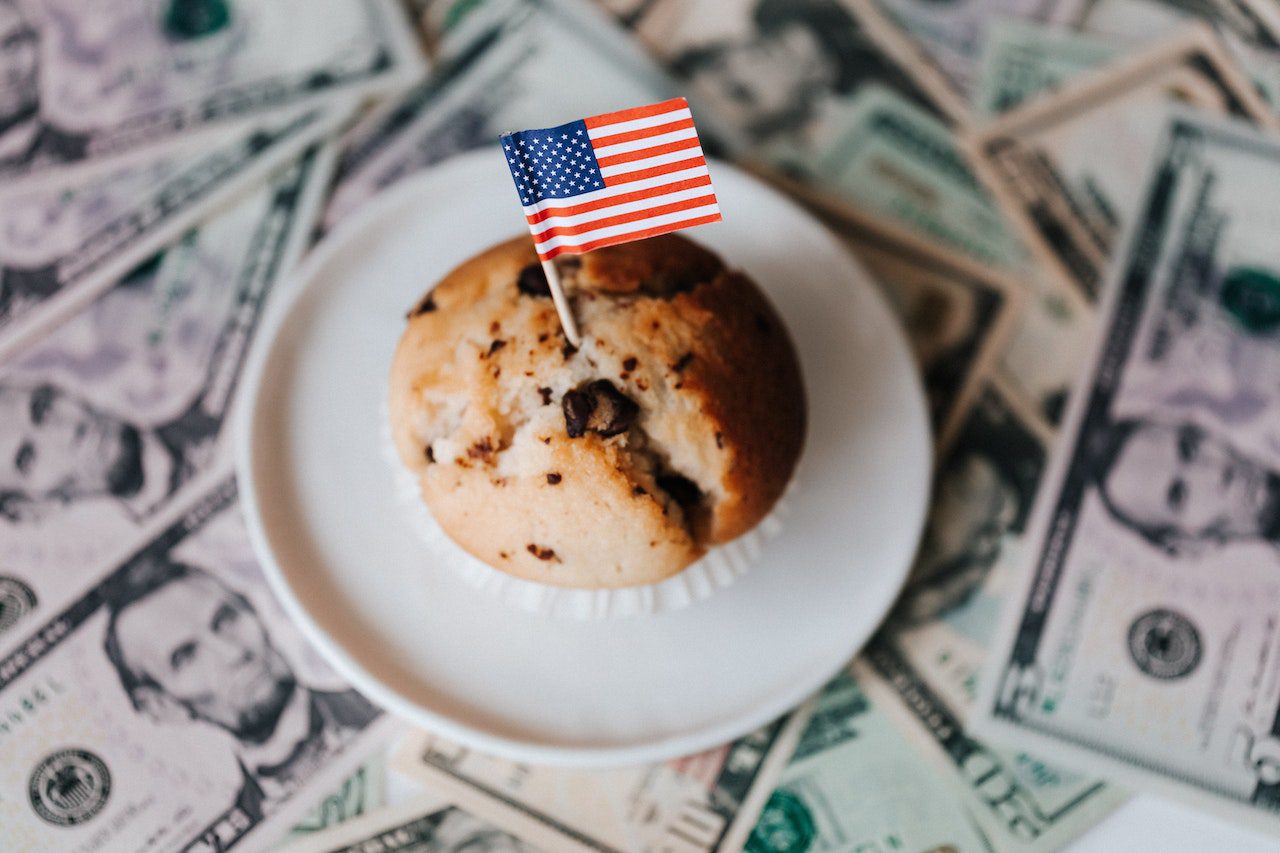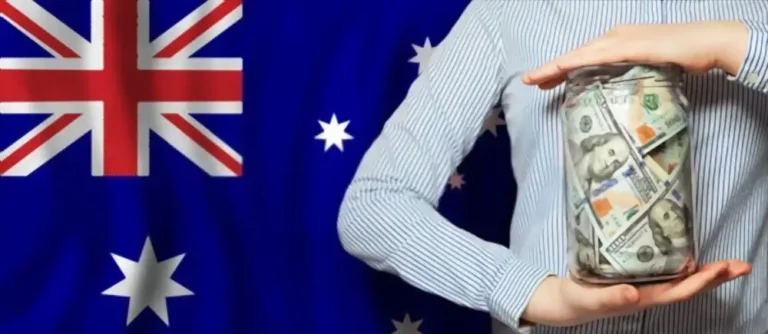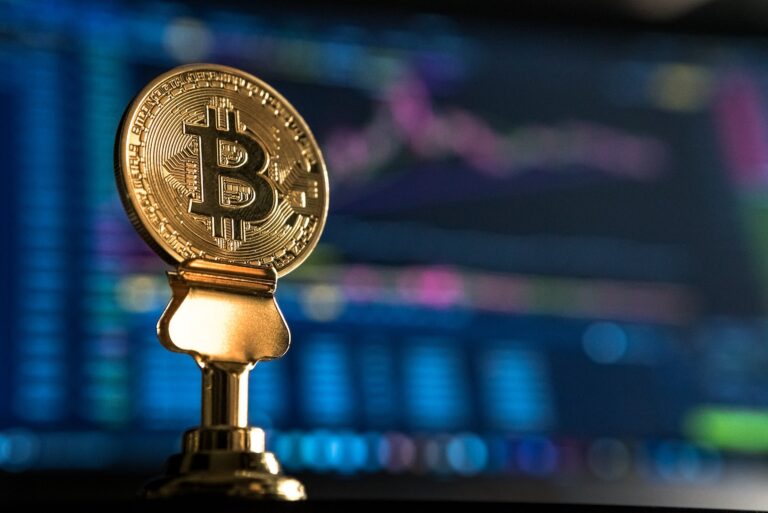US Inflation Eases with Hopes of Reduced Interest Rate Hikes by the Federal Reserve 2023
The recent slowdown in U.S. consumer price increases has renewed optimism that US inflation will continue to decrease in the coming year, potentially reducing the need for drastic measures by the Federal Reserve to manage it.
According to recent reports, the rate of inflation in the United States moderated again in the last month, leading to the hope that inflation will continue to ease in the economy this year and potentially leading to less drastic actions by the Federal Reserve to control it.
The government reported that US inflation decreased to 6.5% in December, compared to a year earlier, marking the sixth consecutive year-over-year slowdown, which is a decrease from 7.1% in November. Additionally, prices actually decreased by 0.1% from November to December, the first such drop since May 2020.
These softer readings add to the growing indication that the worst US inflation bout in four decades is slowly subsiding. Factors such as a decrease in gas prices and the unraveling of supply chain snarls, which are helping to reduce the cost of goods such as cars, shoes, furniture, and sporting goods, are likely to continue to lower overall inflation in the coming months. This development is expected to increase consumer and business confidence. The lower US inflation reading in December also makes it more likely that the Federal Reserve will slow its interest rate hikes in the coming months.
Federal Reserve officials have indicated that they plan to increase their key rate above 5%, which would likely keep mortgage rates high and increase the costs of auto loans and business borrowing. The intention behind the Fed’s higher rates is to reduce spending, cool the economy, and curb inflation.
However, if US inflation continues to decrease, some economists suggest that the Fed could halt their rate hikes or implement only one additional hike in March before pausing. Market predictions show that investors anticipate the Fed to decrease rates by the end of the year, although minutes from their December meeting stated that none of the 19 policymakers anticipate any rate cuts this year.

If inflation continues to trend downward, the Fed will have more confidence that they have positioned the economy in a favorable position. Economist Daleep Singh, who previously worked at the Fed, predicts that the Fed will raise the benchmark rate by a quarter-point at each of their next two meetings and then stop with their key rate just below 5%. US Inflation has also been decreasing, though to a lesser degree, in Europe and the United Kingdom. Central banks in Europe and the U.K. are still raising interest rates but have slowed their pace. President Joe Biden stated that the data indicates that U.S. inflation is dropping.
As inflation continues to decrease in America month after month, it is providing families with more financial breathing room. President Biden is framing the economic challenge of US inflation in political terms. He has warned that House Republicans could worsen inflation and inequality with their bills to reduce IRS funding and even eliminate the tax agency, instead levying a national sales tax that would disproportionately affect the middle class.
Excluding volatile food and energy costs, core prices increased 5.7% in December compared to a year earlier, which is slower than the 6% increase in November. From November to December, core prices increased by just 0.3%, after rising by 0.2% in November.
In the past three months, core US inflation has slowed to an annual rate of just 3.1%. Although inflation is gradually slowing, it remains a significant challenge for many Americans, particularly for necessities such as food, energy, and rents which have significantly increased over the past 18 months. Grocery prices increased by 0.2% from November to December, which is the smallest increase in nearly two years, although they are still up by 11.8% from a year ago.
The main factors contributing to the decrease in overall inflation are falling gas prices. The national average price of a gallon of gas has dropped from $5 in June to $3.27 as of Wednesday, according to AAA. Additionally, used car prices, new car prices and the cost of airline tickets have also decreased.
Despite the decrease in used-car prices, for most Americans, the Federal Reserve’s interest rate hikes have made auto loans much more expensive, negating the benefits of the decrease in car prices. Jeff Schrier, the president of Schrier Automotive in Omaha, Nebraska, stated that the higher loan rates have particularly affected sales of luxury cars. He said “The good news is prices are down, the bad news is that rates are up, and that is driving people away.” He estimated that auto loan rates have risen by 4-5 percentage points in the past year.
Most economists predict that US inflation will continue to decrease in the coming months, driven down by cheaper gasoline and factory goods. However, housing costs continue to rise, with apartment rental costs increasing by 0.8% from November to December and 8.3% compared to a year earlier. This year-over-year increase is the fastest in four decades.
However, real-time measures of new leases tracked by real estate data firms such as Zillow and Apartment List indicate that rental price increases are slowing. As a result, the government’s measure of rents, which is behind private measures, should start to decline later this year. Federal Reserve Chair Jerome Powell is particularly focused on the cost of services, excluding housing.
Price increases in this category can take longer to fade, because they are heavily driven by labor-intensive sectors such as restaurants, hotels, healthcare, and education. Wages in most of those industries have been increasing, which can spur inflation if employers then charge more to cover their higher labor costs. In December, services prices, excluding housing, increased by 0.3%, down from average monthly increases of about 0.5% this year.
However, they are falling only slowly: services prices are still up 6.2% from a year ago, only slightly down from a recent peak of 6.5%. Many economists expect US inflation to fall to roughly 3% or 4% later this year, although it could plateau at that level if services prices remain high.
Federal Reserve officials may choose to keep their key rate above 5% until inflation gets closer to its 2% target. Federal Reserve officials have signaled that they intend to keep their key rate that high all year. Last week’s jobs report for December increased the possibility of avoiding a recession.
Even after the Federal Reserve’s seven interest rate hikes last year and with inflation still high, employers added a solid 223,000 jobs in December, and the unemployment rate fell to 3.5%, matching the lowest level in 53 years. At the same time, average hourly pay growth slowed, which should reduce pressure on companies to raise prices to cover their higher labor costs. Economist Daleep Singh stated that “The evidence that the U.S. economy may skirt recession is mounting.”
Look at Volleyball Shoes complete Guide.







